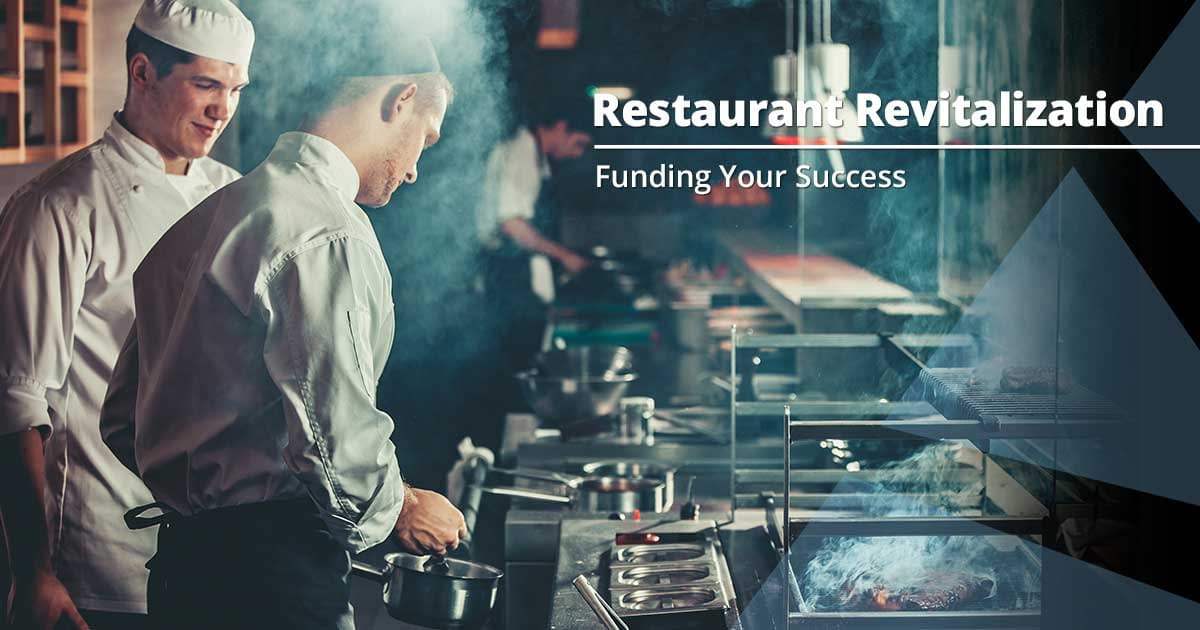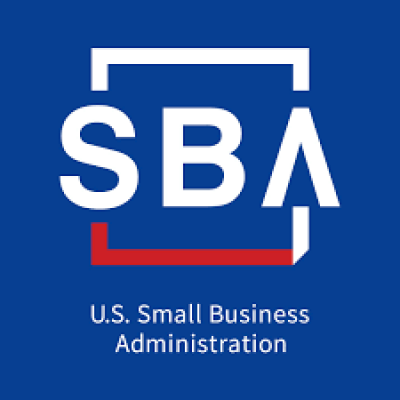SBA: Here’s everything you need to know about the Restaurant Revitalization Fund

Restaurants were one of
the hardest-hit sectors during the wake of the COVID-19 pandemic, with closures and
limitations cutting off potential revenue.
The Restaurant
Revitalization Fund (RRF) was established under the American Rescue Plan Act to
help restaurants and other qualifying businesses stay open. This scheme will
compensate restaurants for income losses caused by the epidemic, up to a
maximum of $10 million per firm and $5 million per physical location.
Recipients are not obligated to reimburse money if they are used for approved
purposes before March 11, 2023.
“By our estimates, we've
lost $250 billion in revenue from the beginning of the pandemic,” National
Restaurant Association Executive Vice President Sean Kennedy said at CO—’s
recent Small Business Update event. “From March until January of this year,
110,000 restaurants have been closed. … Our goal has always been an
industry-specific solution, and the announcement of the passage of the
Restaurant Revitalization Fund is a big step towards that.”
The RRF will distribute
$28.6 billion in subsidies to struggling restaurants and bars, with restaurants
being able to apply for grants based on income lost. Furthermore, $5 billion
would be set aside specifically for enterprises with gross receipts of less
than $500,000.
Who can apply?
RRF funds is available to
most American restaurants and bars that lost revenue in 2020 compared to 2019.
The SBA states that:

·
“Restaurants.”
·
“Food stands, food trucks, food carts.”
·
“Caterers.”
·
“Bars, saloons, lounges, taverns.”
·
“Snack and nonalcoholic beverage bars.”
·
“Bakeries (onsite sales to the public
comprise at least 33% of gross receipts).”
·
“Brewpubs, tasting rooms, taprooms (onsite
sales to the public comprise at least 33% of gross receipts).”
·
“Breweries or microbreweries (onsite sales
to the public comprise at least 33% of gross receipts).”
·
“Wineries and distilleries (onsite sales
to the public comprise at least 33% of gross receipts).”
·
“Inns (onsite sales of food and beverage
to the public comprise at least 33% of gross receipts).”
·
“Licensed facilities or premises of a
beverage alcohol producer where the public may taste, sample, or purchase
products.”
Any restaurant or bar
that is owned by a state or local government or is part of a publicly traded
firm is not eligible to apply. Additionally, operators with more than 20
locations are excluded. You are most likely eligible to apply if you operate a
franchise with fewer than 20 sites.
How to apply
According to the SBA
website, you can apply through SBA-approved POS providers or directly
through the SBA's online application portal. Square, Toast, Clover, NCR
Corporation (Aloha), and Oracle are among the participating POS vendors.
You do not need to
register on the application portal if you are working with Square or Toast. It
is not necessary to register with SAM.gov.
There are no DUNS or CAGE
identifiers necessary. You can use the SBA
form 3172 sample application to help you prepare your application. This
form will be available to fill out online. At this time, please do not
submit RRF forms to SBA.
The SBA will conduct a
seven-day pilot phase for the RRF application portal, which will be utilized to
resolve technical issues prior to the general debut. Participants in the pilot
period will be chosen at random from enterprises with PPP loans in RRF priority
groups, and they will not receive cash until the application portal is open to
the public.
The SBA will activate the
application online following the pilot period. The SBA would "prioritize
reviewing applications from small enterprises run by women, veterans, and
socially and economically disadvantaged individuals" during the first 21
days of applications. All other applications will be examined as they are
received after 21 days.
The SBA lists the
following steps to apply for this fund:
·
“Verification for Tax Information. IRS
Form 4506-T, completed and signed by Applicant. Completion of this form
digitally on the SBA platform will satisfy this requirement.”
·
“Gross Receipts Documentation. Any of the
following documents demonstrating gross receipts and, if applicable, eligible
expenses:
1) Business
tax returns (IRS Form 1120 or IRS 1120-S)
2) IRS
Forms 1040 Schedule C; IRS Forms 1040 Schedule F
3) For
a partnership: partnership’s IRS Form 1065 (including K-1s)
4) Bank
statements
5) Externally
or internally prepared financial statements such as Income Statements or Profit
and Loss Statements
6) Point
of sale report(s), including IRS Form 1099-K.”
For applicants that are a
brewpub, tasting room, taproom, brewery, winery, distillery, or bakery:
·
“Documents evidencing that onsite sales to
the public comprise at least 33.00% of gross receipts for 2019, which may
include Tax and Trade Bureau (TTB) Forms 5130.9 or TTB.”
·
“For businesses who opened in 2020, the
applicant’s original business model should have contemplated at least 33.00% of
gross receipts in onsite sales to the public.”
For applicants that
operate as an inn:
·
“Documents evidencing that onsite sales of
food and beverage to the public comprise at least 33.00% of gross receipts for
2019.”
·
“For businesses who opened in 2020, the
applicant’s original business model should have contemplated at least 33.00% of
gross receipts in onsite sales to the public.”
Can I still apply?
Unfortunately,
applications are closed.


Be the first to comment!
You must login to comment